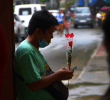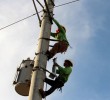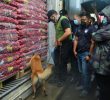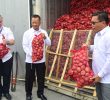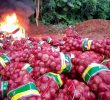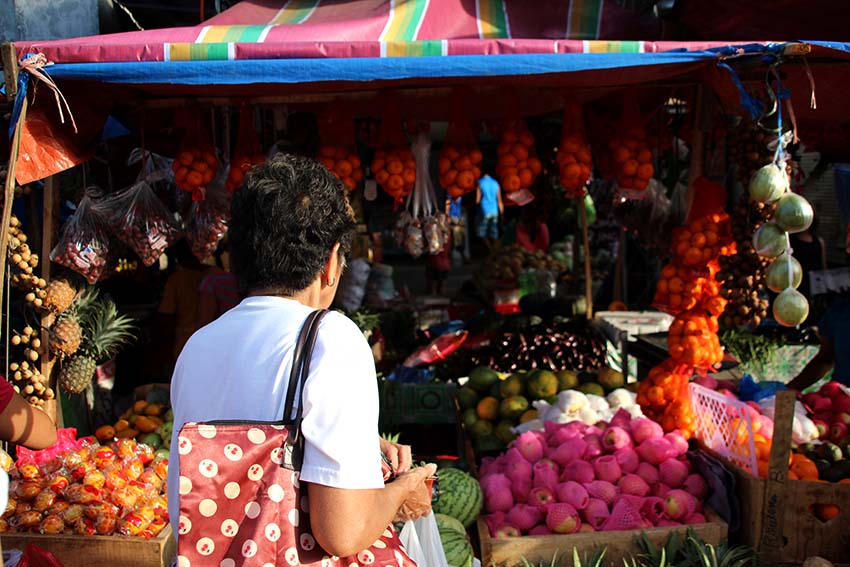
DAVAO CITY, Philippines – The Davao Region registered the third-highest inflation rate in the country, with prices shooting up by 9.4% in January.
The Philippine Statistics Authority (PSA) said the region’s inflation had increased since August 2022, driven by rising costs of housing, water and power rates, and fuel costs. It was the Davao Region’s fourth highest inflation rate since January 2022.
The current inflation rate places the region behind Western Visayas, with an inflation rate of 10.3%, and Central Luzon at 9.4%, the highest in the country.
Inflation, the measure of how fast prices of goods and services increase, is a natural occurrence in the economy. The COVID-19 pandemic, however, compounded the rise of prices, making it particularly burdensome for individuals and families.
In January 2022, the inflation rate was recorded at 3%. A year later, it has tripled to reach 9.4%.
The impact of the steep inflation rate can be seen in the struggles of people like Vernalyn Yapar, a mother of two in Bankerohan, Davao City.
Yapar said her husband’s daily salary of P443, earned as a merchandiser in a mall, has not been enough to cover their basic needs such as light and water bills, food, transportation, and food allowances for their children.
With Social Security System (SSS) premiums and other contributions being deducted from his salary, she said they have been tightening their belt and left to make do with the remaining amount for their daily expenses.
The PSA said housing, water, electricity, and fuel prices were the primary drivers of inflation, which surged from 7.9% in December 2022 to 8.8% in January 2023.
Meanwhile, food inflation slowed slightly from 10.7% in December to 10% in January.
The PSA attributed the deceleration in food inflation to the decrease in the annual growth rate of rice, which registered at 4.4%.
Despite the moderation in food inflation, the headline inflation rate continued to climb, reaching a decade-high of 8.7% in January 2023 from 8.1% in December 2022 – the highest so far since November 2008, the PSA said in a February 7 report.
Economist Gerardo Sicat attributed the price increases to a confluence of domestic economic factors and the effects of external economic and political conditions that happened in succession.
The National Economic Development Authority (NEDA), meanwhile, blamed the rising prices of vegetables, fruits, and rice to lower production resulting from bad weather conditions and higher costs of inputs.
It said short-term measures to address inflation include augmenting the supply of goods, such as through temporary easing of import restrictions, price monitoring, and targeted social support.
In the medium to long term, NEDA’s priority consists of ensuring food security through higher agricultural productivity and ensuring energy security by pursuing the energy transition and development program.
The continuing inflation, however, “will be even more burdensome than the already debilitating effect of precarious jobs and low income,” said Sonny Africa, the executive director of economic think-tank IBON Foundation.
“Government can control prices, mandate a wage hike and expand social protection to give necessary support to the poorest Filipinos as well as to small producers and business in order to mitigate the impact of inflation on the people,” Africa said. (originally posted on rappler.com)
Lucelle Bonzo is an Aries Rufo Journalism fellow.
davao city, inflation, philippines
